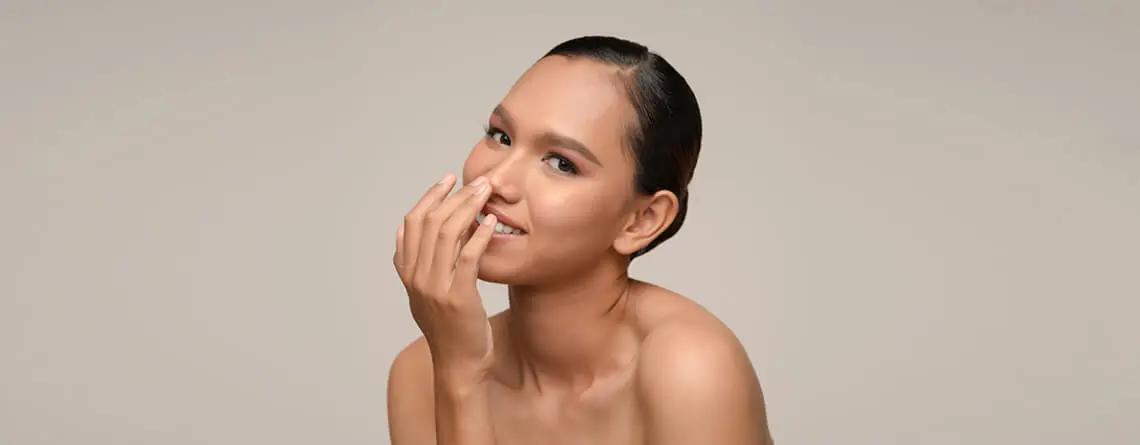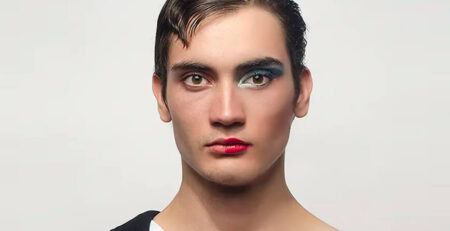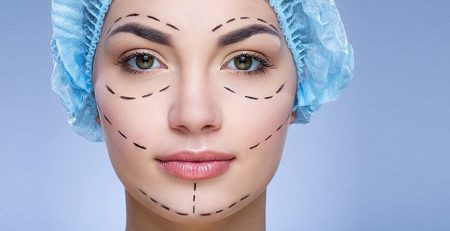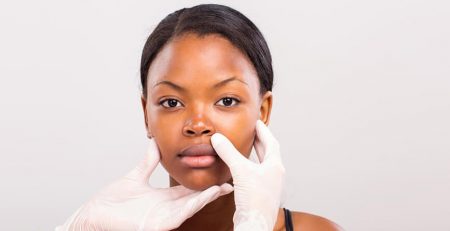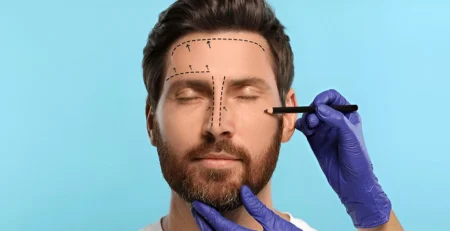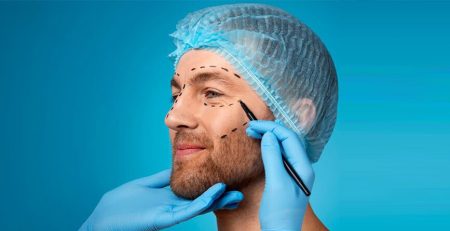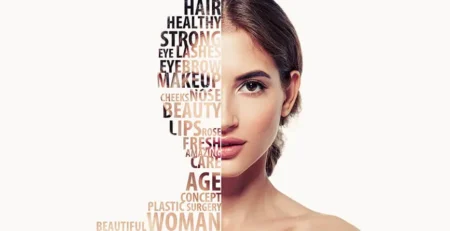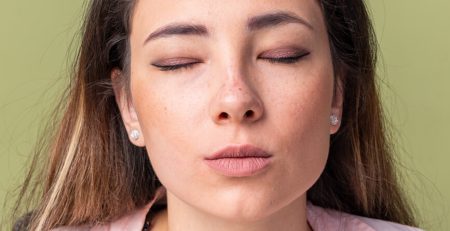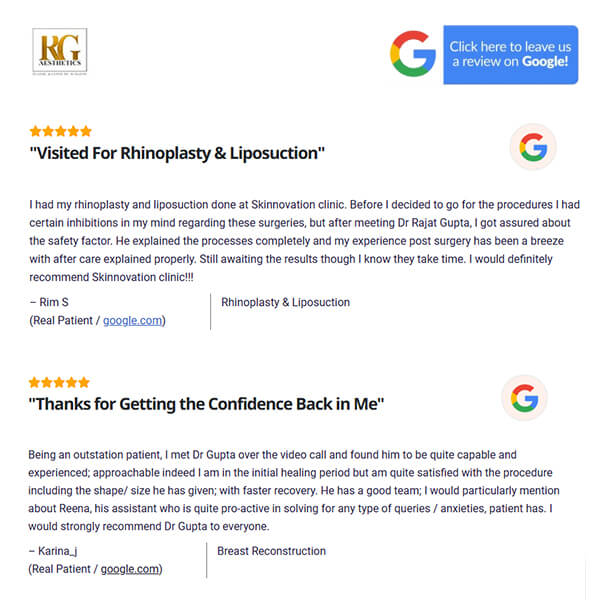Celebrating Diversity: Cultural Sensitivities in Cosmetic Surgery
Beauty is universal, but the way we express it is as unique as our cultural heritage!
As the world becomes increasingly globalised, appreciation for cultural diversity has never been more important. This celebration of diversity extends into many fields, including cosmetic surgery. People from different ethnic backgrounds seek to enhance their beauty through cosmetic surgery, so it becomes essential to understand and respect the cultural sensitivities involved.
The Importance of Cultural Sensitivities in Cosmetic Surgery
Cosmetic surgery is more than just a procedure; it is an art form that enhances an individual’s appearance while respecting their unique cultural identity. Recognising cultural sensitivities in cosmetic surgery ensures that the patient’s aesthetic goals align with their cultural background, providing results that are both satisfying and respectful.
Ethnic Cosmetic Surgery – A Blend of Cultural Respect, Skill and Expertise
Ethnic cosmetic surgery refers to procedures tailored to the specific aesthetic preferences and anatomical differences of individuals from various ethnic backgrounds. This field acknowledges that beauty standards vary across cultures and aims to enhance a person’s natural beauty in a way that is harmonious with their ethnicity.
For instance, a common request in ethnic cosmetic surgery among Asian patients is to create a double eyelid fold, while many African American patients might seek rhinoplasty to refine their nose shape without losing their ethnic features. Each ethnic group has distinct characteristics and beauty ideals, and cosmetic surgery should aim to enhance these features rather than conform to a one-size-fits-all standard.
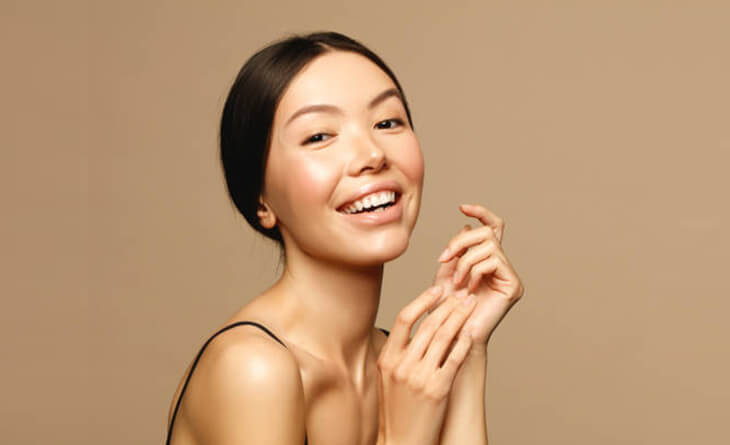
Have questions or want to get started? We are ready to help you with a smile!
The Role of Global Cosmetic Surgery Practices
With the rise of medical tourism, global cosmetic surgery practices have become more prevalent. People often travel to different parts of the world to receive procedures from renowned surgeons or to benefit from more affordable prices. This global perspective requires cosmetic surgeons to be well-versed in diverse cultural aesthetics and surgical techniques suitable for various ethnic groups.
Key Considerations in Ethnic Cosmetic Surgery
- Consultation and Communication: The foundation of any successful cosmetic surgery is a thorough consultation. Surgeons must take the time to understand their patient’s cultural background, aesthetic goals, and any specific concerns they might have. Clear communication ensures that both the patient and the surgeon are on the same page, leading to more satisfactory outcomes.
- Customisation of Procedures: Ethnic cosmetic surgery is not about altering one’s identity but enhancing their natural features. Surgeons must customise procedures to suit the unique anatomical and aesthetic needs of each patient. This may involve specialised techniques and an in-depth understanding of different skin types and facial structures.
- Awareness of Cultural Beauty Standards: Beauty standards can vary significantly across cultures. What is considered beautiful in one culture may not be the same in another. Surgeons need to be aware of these standards and incorporate them into their surgical approach. For example, a high-bridged nose might be desirable in some Western cultures, while a more subtle, natural look may be preferred in many Asian cultures.
Popular Ethnic Cosmetic Surgery Procedures
Some of the regularly performed cosmetic procedures that are more ethnicity-specific are:
- Rhinoplasty: Rhinoplasty, or nose reshaping surgery, is one of the most common ethnic cosmetic surgery The goal is to refine the nose while preserving the ethnic identity of the patient. Techniques vary widely to accommodate different nasal structures found in various ethnic groups. For example, rhinoplasty for Caucasian patients often focuses on reducing the nasal hump and refining the tip, while African American rhinoplasty may involve narrowing the nostrils and augmenting the bridge for a more balanced look.
- Blepharoplasty: Also known as eyelid surgery, blepharoplasty can be performed to create a double eyelid fold in patients of Asian descent. This procedure can help achieve a more defined eye appearance without compromising the patient’s ethnic traits. Another example is lower eyelid blepharoplasty for patients of Mediterranean descent, which can address under-eye bags and improve overall eye aesthetics.
- Facial Contouring: Facial contouring procedures, such as cheekbone reduction or chin augmentation, are tailored to enhance the facial harmony of patients from different ethnic backgrounds. For example, many patients of East Asian descent may seek jaw reduction surgery to achieve a more slender facial profile, while patients of African descent might opt for cheek augmentation to enhance facial symmetry.
- Brazilian Butt Lift: The Brazilian Butt Lift (BBL) is a popular procedure among patients of various ethnic backgrounds, especially those seeking to enhance their natural curves. This cosmetic surgery involves liposuction to remove fat from areas such as the abdomen or thighs, which is then purified and injected into the buttocks. This procedure not only enhances the buttocks but also creates a more contoured and balanced body shape. The BBL is particularly favoured by patients of Latin American and African descent who often desire fuller, more rounded buttocks.
Cultural Sensitivities in Non-Surgical Cosmetic Procedures
Non-surgical cosmetic procedures also require an understanding of cultural sensitivities. Treatments like Botox, fillers, and non-invasive skin tightening need to be approached with the same level of cultural awareness. For instance, the placement of fillers to enhance lip volume may vary based on cultural preferences for lip shape and size. Other such sensitivities include:
- Tailoring treatments to diverse skin types.
- Understanding cultural beauty standards.
- Adapting Botox techniques for various facial structures.
- Using safe practices for all skin tones.
The Ethical Considerations in Cosmetic Surgery
Ethnic cosmetic surgery also brings forth ethical considerations. It is crucial to ensure that the desire for cosmetic enhancement stems from the patient’s personal goals and not societal pressure to conform to certain beauty standards. Surgeons have a responsibility to provide honest consultations and realistic expectations, avoiding procedures that might erase or undermine a person’s ethnic identity. These include:
- Ensuring patient-driven enhancement goals.
- Avoiding societal beauty pressures.
- Providing transparent, realistic consultations.
- Respecting and preserving ethnic features.
- Promoting natural, harmonious results.
Case Studies in Ethnic Cosmetic Surgery
Case Study 1: Asian Blepharoplasty
A 28-year-old patient of East Asian descent sought blepharoplasty to create a double eyelid fold, a feature she admired but lacked naturally. Dr. Rajat performed the surgery using a non-incisional method, which is less invasive and has a quicker recovery time. The result was a natural-looking crease that enhanced her eyes without compromising her ethnic identity. This procedure helped the patient achieve her aesthetic goals while preserving her cultural heritage. This showcases Dr. Rajat’s careful consideration of global cosmetic surgery practices.
Case Study 2: Butt Lift Surgery for African Native
A 35-year-old African woman desired a butt lift to enhance her natural curves and achieve a more sculpted look. Dr Rajat used fat grafting, a technique that involves liposuction to remove fat from one part of the body and inject it into the buttocks. This method not only added volume but also maintained the natural shape and proportion of her body. The patient was delighted with the results, which accentuated her figure in a way that was harmonious with her cultural aesthetics.
Case Study 3: Australian Patient for Facelift
A 50-year-old Australian woman sought a facelift cosmetic surgery to rejuvenate her appearance and address signs of ageing. Dr. Rajat performed a SMAS (Superficial Musculoaponeurotic System) facelift, which lifts and tightens both the skin and deeper tissues for a more natural look. Understanding the patient’s fair skin type, Dr. Rajat took extra care to minimise scarring and ensure an even skin tone post-surgery. The results were a refreshed, youthful appearance that did not look “overdone,” aligning perfectly with her desire for subtlety and natural beauty.
The Future of Cosmetic Surgery: Embracing Diversity
The future of cosmetic surgery lies in its ability to embrace and celebrate diversity. As the field continues to evolve, there is an increasing emphasis on personalised care that respects and enhances cultural identity. Cosmetic surgeons around the world are becoming more adept at recognising the beauty in diversity and applying their skills to highlight the unique features of their patients.
Wrapping Up
Cultural sensitivities in cosmetic surgery are vital for providing results that respect and enhance the unique beauty of individuals from diverse backgrounds. Ethnic cosmetic surgery and global cosmetic surgery practices have paved the way for a more inclusive and respectful approach to beauty enhancement.
For those considering cosmetic surgery, choosing a surgeon who understands and values cultural diversity is crucial. Dr. Rajat Gupta, a board-certified plastic surgeon with 15 years of experience and a global trainer for various cosmetic surgery techniques, is renowned for his expertise in ethnic cosmetic surgery. His commitment to personalised care ensures that each patient’s cultural and aesthetic needs are met with precision and respect. Schedule a consultation with Dr. Rajat Gupta today to explore how you can achieve your beauty goals while celebrating your unique cultural identity.
Dr. Rajat Gupta
MBBS, MS, DNB(Gen. Surg.),
DNB (Plastic Surgery)
Dr. Rajat Gupta is a board certified plastic surgeon in India with 15 years of experience to back his expertise in the domain of aesthetic surgeries.
Having completed his training from Maulana Azad Medical College and equipped with a thorough understanding of aesthetic needs of people, Dr. Gupta strives to offer the best remedies and cosmetic procedures outfitted with the latest technology to the aspirants in India and across the globe. To book an appointment, call: +91-9251711711 or email: contact@drrajatgupta.com

